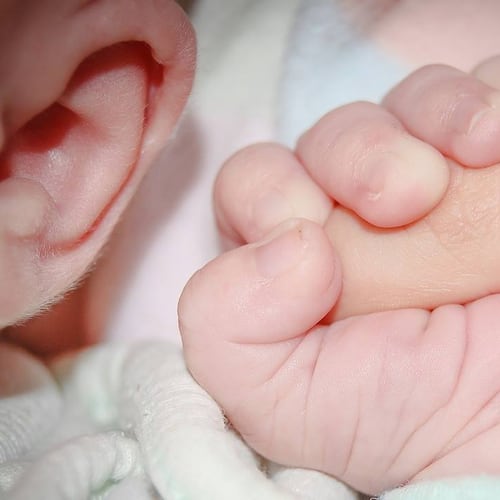Women’s choices on how to be a woman and a mother have been celebrated by society. No matter what we chose, there seemed to be a respected place for all of us. For men, specifically dads, not so much.
Absentee dads, male toxicity, the “feminization” of men — how does a man know what to be or how to act in the eyes of society or, sometimes, in his own home?
I grew up in the 1960s, when all dads were pretty much the same. Dads left for work each day and returned at dinner time. There were no “stay-at-home” dads, and no dads worked from home. I don’t recall anyone’s father volunteering for any type of school activity. Dads coached (the boys) in sports and were the disciplinarian at home. We all remember our mothers saying, “Just wait until your father gets home!” Dads had no idea that they were going to have to come home after a day at work and get all geared up and mad about something they had no part in just so they could be the father. Oh well.
Credit: handout
Credit: handout
It’s different now.
My husband and I owned preschools for almost 25 years. I had a front-row seat to the changing roles of dads. When we opened our first preschool in 1995, we saw very few dads come into the school. Dads were the breadwinners of the household . Moms, even if they worked, were in charge of the kids. By the time I retired 23 years later in 2018, it was normal to see just as many or even more dads as moms being involved, from drop off/pick-ups, to chaperoning field trips to braiding their daughter’s hair to go to ballet.
The advent of a flexible work environment allowed dads to be involved in so much more of their children’s lives. They were now in the new position to choose, just as women had been in the past, to be an available father, structuring their work-life balance in almost any manner they wished. Employers embraced this flexible business model, even offering paternity leave for men to bond with their newborn child. That itself was a huge change from my childhood when men were not even in the delivery room. Men rose joyfully to this newly found freedom of being a more hands-on dad, not being gone all day. They went from hearing about what went on during the day to participating.
The role of protector and head of our household lies with my husband. We all depend on him to guide us, help us solve problems and provide the family foundation that makes us all feel safe. Like so many men of our era, he has very traditional values, but he embraced the modern freedom to be at home with our boys.
The new dad model meant a change for mothers, too. The business my husband and I created, preschools, naturally resulted in me being the “face of the business.” As we grew in our success, my husband took the role of being the “face of our home” — running our two boys all over creation for their many extracurricular interests. “Hey, that’s my job!,” I sometimes thought, because that was the traditional role of mothers of my era. But from watching thousands of parents and my own family, I saw nothing but favorable outcomes of this way of “fathering,” not only between men and women, but, more important, between fathers and their children. Having fathers engaged in all aspects of child rearing, not just being the disciplinarian, models for their sons a sense of nurturing that earlier generations didn’t get. For daughters, the physicality of a father in the household can show that men can be tough and protective but also soft and vulnerable. For boys and girls, the benefits of having an actively involved father produces outstanding outcomes.
Unfortunately, recent studies indicate that close to 20 million American children, approximately 1 in 4, do not have a father active in their upbringing and therefore are twice as likely to suffer from mental health and behavioral problems, such as lower school achievements, alcohol and/or drug abuse, criminal activity and even suicide.
Because fathers can be so much more these days, parents are so much more. Fathers and mothers can take on whatever roles work for them and for their children, and children benefit from their parents’ collaboration of gender roles within the family. No longer is either parent conscripted to perform certain duties.
In this modern era, fathers have been liberated, just as mothers were in our modern era, to choose their place within the family structure. Fathers, mothers and children are beneficiaries of this father freedom.
Kay Paschal is the author of “Insert Giggle Giggle: Laughing Your Way through Raising Kids and Running a Business.”
About the Author
Keep Reading
The Latest
Featured



